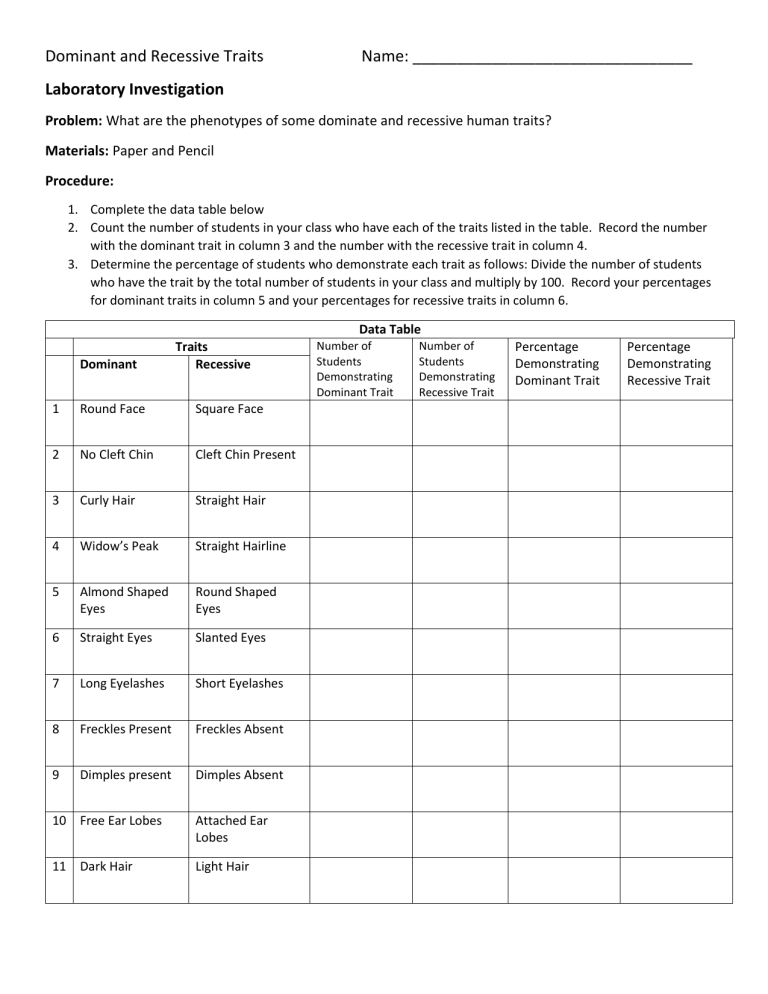

10.4 Evidence for six factors rather than five.8 Effect of personality traits through life.7.3.1 The personality-psychopathology models.4.4.1 Extraversion/positive emotionality.4.4 Development during childhood and adolescence.2 Descriptions of the particular personality traits.These traits are not black and white, but rather placed on continua. For example, extraversion is typically associated with qualities such as gregariousness, assertiveness, excitement-seeking, warmth, activity, and positive emotions. Beneath each proposed global factor, there are a number of correlated and more specific primary factors. Those labels for the five factors may be remembered using the acronyms "OCEAN" or "CANOE". These associations suggest five broad dimensions used in common language to describe the human personality, temperament and psyche. For example, someone described as conscientious is more likely to be described as "always prepared" rather than "messy".

These associations are often applied to the same person. When factor analysis (a statistical technique) is applied to personality survey data, it reveals semantic associations, which are words used to describe aspects of personality.

conscientiousness (efficient/organized vs.openness to experience (inventive/curious vs.Starting in the 1990s, the theory identified five factors by labels, for the US English speaking population, typically referred to as: The Big Five personality traits is a suggested taxonomy, or grouping, for personality traits, developed from the 1980s onward in psychological trait theory.


 0 kommentar(er)
0 kommentar(er)
